Aussie games company puts you on the pitch in the Big Bash Boom
An Aussie games developer has harnessed some pretty unique technology to put you on the pitch in the Big Bash League — and the result is pretty awesome.
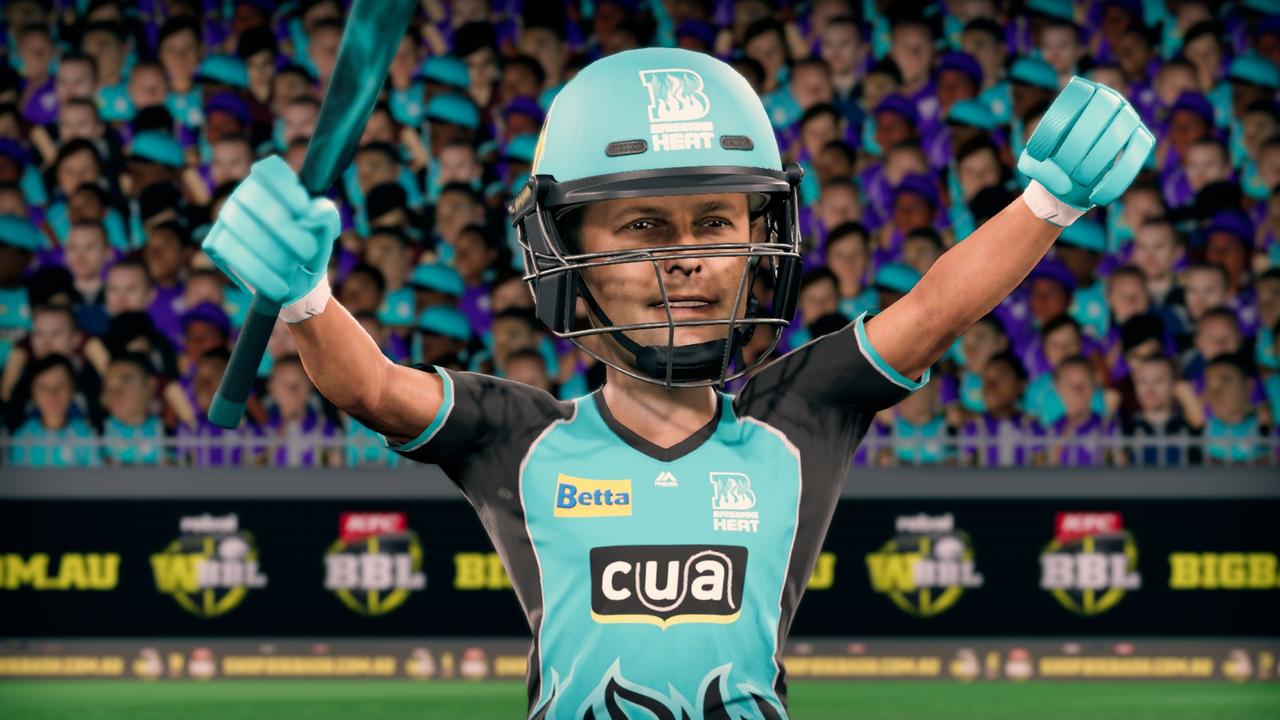
Summer is sportsball season, or so I am reliably informed, and perhaps the most iconic of Australian summer sports is cricket.
Traditionally cricket is a very civilised game — I mean, it has literal tea breaks built into it.
But we live busy lives and there has been increasing popularity in Twenty20 cricket, with its shorter game length (about three hours) and more emphasis on action rather than players standing around nodding pleasantly at each other all afternoon.
This, in itself, means it also lends itself well to computer games.
Big Ant Software are an Australian games developer who have established themselves as specialists in sports titles, with games including Rugby League Live 4, AO International Tennis and Ashes Cricket, along with their most recent title, Big Bash Boom.
One of the interesting aspects of these games is that they feature photo-captured players from the real sports in the games and Big Ant are, as far as they know, the only games developer in Australia with an in-house photometry set-up — used to capture the likenesses of athletes for their games; something studio founder and CEO Ross Symons said was done to add another element of realism.
Big Ant recently invited me down to Melbourne as their guest to check out the technology first hand and give me a glimpse of what the athletes in their games go through as part of their digitisation process, particularly for their latest release, Big Bash Boom, which has just been released for PC, PlayStation 4, Xbox One and Nintendo Switch.
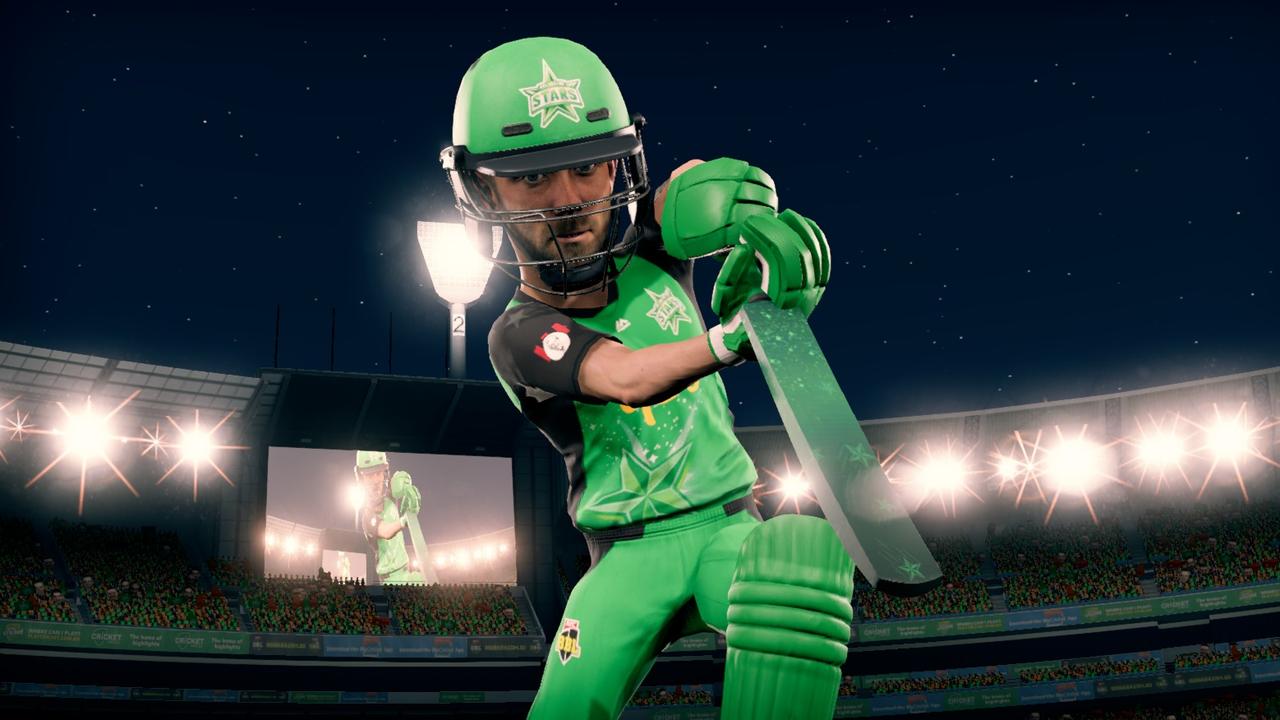
The lunch room in Big Ant’s offices is a big space and does double duty as both somewhere to eat as well as the motion capture area — although naturally the tables, chairs and bain-maries are cleared away for this.
The photometry process involves getting the person to sit in a chair facing a bank of 12 DSLR cameras arranged in a semicircle and getting their photo simultaneously taken from several angles — similar to the tech used in The Matrix to create the famous bullet-time effect.
The resulting image is then stitched together in 3D using a sculpting program, with the photos being added over a rendering of the subject’s head that looks rather a lot like a Roman marble statue on the screen.
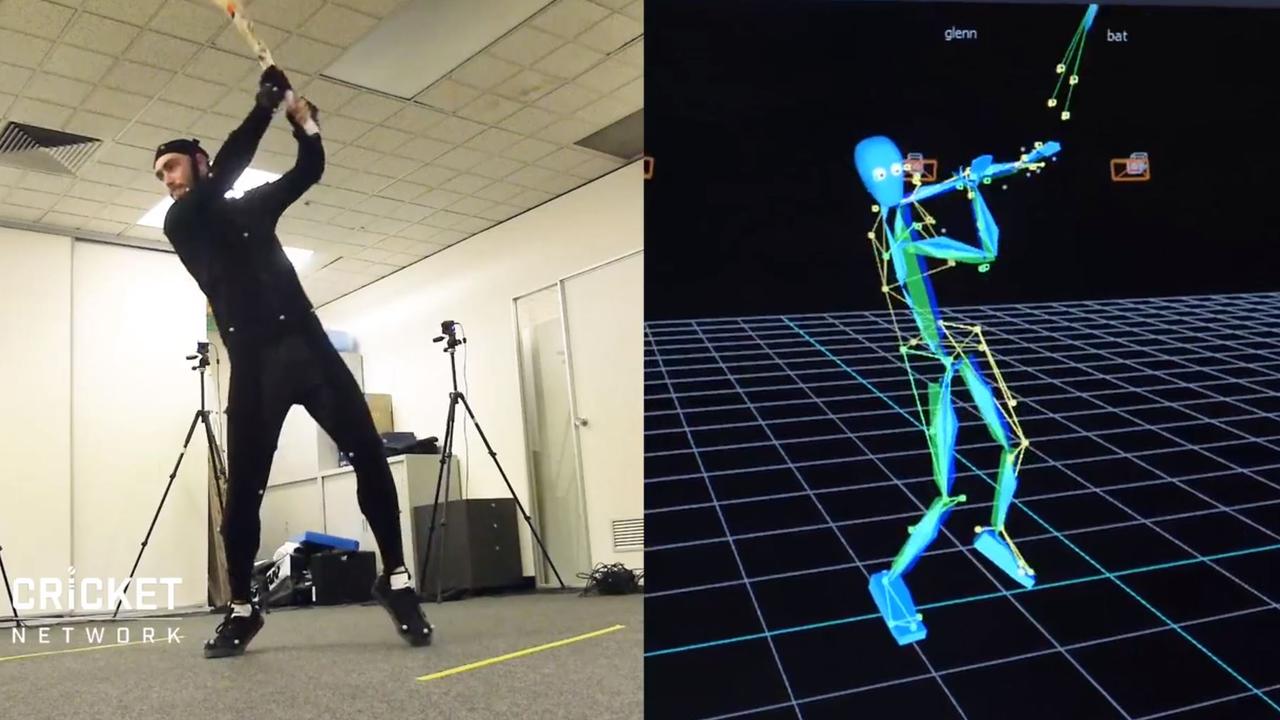
The team at Big Ant did this for nearly all the players in the Big Bash League and the Women’s Big Bash League — and for the handful they couldn’t photograph in person, they had game artists recreate the players in-game using existing photos and footage.
Mr Symons said actually getting the photometry proved quite a challenge, with players moving around a lot due to professional and sporting commitments, so some of the Big Ant team even travelled overseas for the photometry work.
As well as the photometry, the movements of the athletes were also recorded via Hollywood-style motion capture equipment, where the athlete wears a suit with point markings on it and is filmed at 120 frames per second. This was done to give a sense of some of the distinctive ways athletes swing a bat or bowl a ball and allow it be represented in-game.
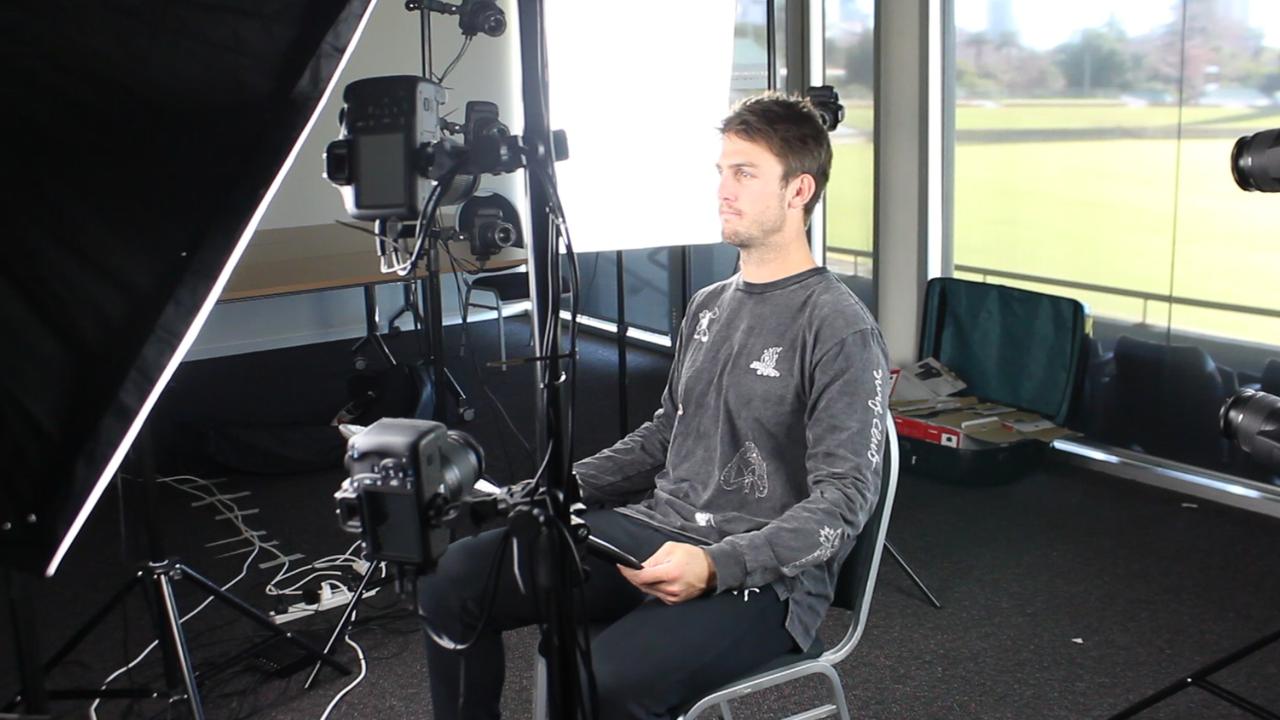
It takes about a day to go from “Photos” to “included in game” — and given there are 16 teams of players (eight from the Big Bash League and eight from the Women’s Big Bash League) in the game, there’s several months of work involved in bringing all the players to virtual life in-game.
The Big Ant Team took me through the process, sitting me in front of the photometry cameras to capture my likeness, then took those images of me, processed them, and worked them into game screenshots of a player with the Brisbane Heat (my local Big Bash League team), which is as close as I’m ever going to get to representing Queensland at a major sports event.
The effect is quite uncanny — but also fascinating
As a game, Big Bash Boom is an unashamedly arcade title openly drawing inspiration from NBA Jam, and makes sure you know it’s supposed to be larger than life — the player’s heads are deliberately large, some of the commentary is deliberately a bit daggy (I particularly liked “they’re on that like a seagull on a chip”).
The emphasis is on having fun rather than being a serious cricket simulation.
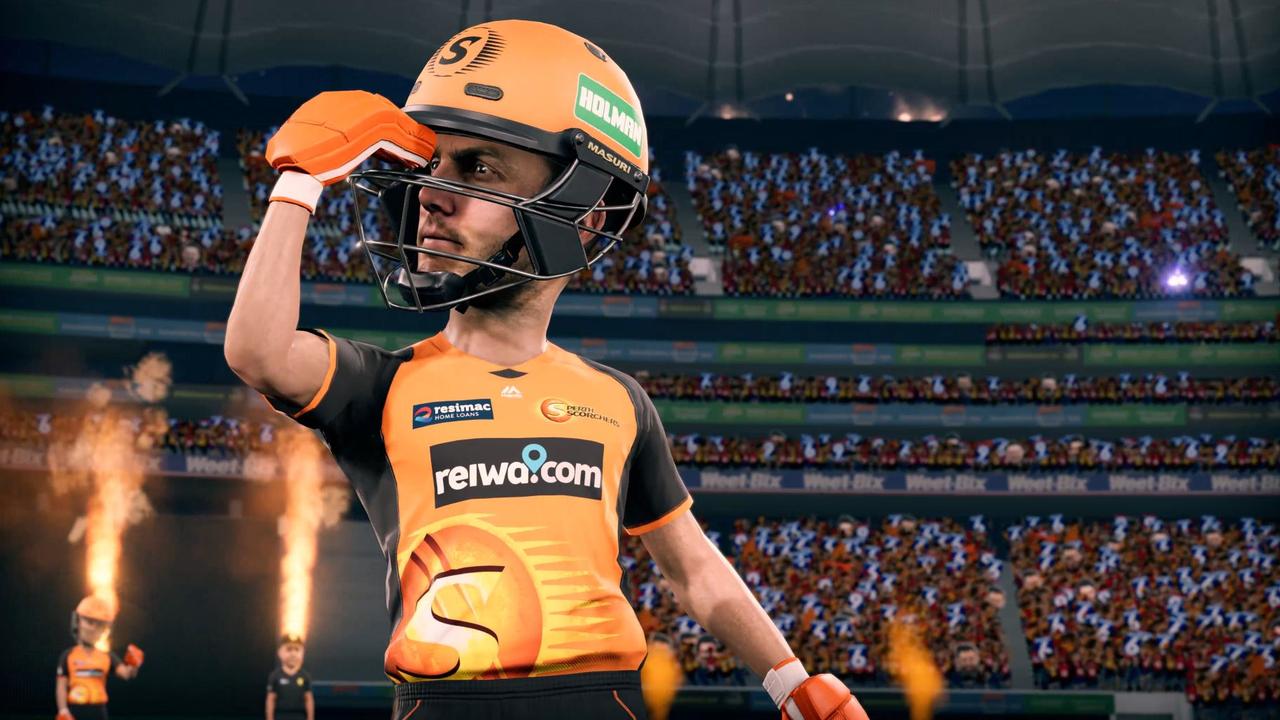
Hitting the ball well or catching someone out can trigger one of 60 celebrations, including a bat-drop, the “can’t see me” move, and several others which may appear familiar to Fortnite and pop culture fans, and there are a range of power-ups available to make things even more interesting on the pitch.
“We’ve done our best to cut out as much (downtime) as we can,” Mr Symons said.
“The mantra for us is the entire game is a highlights reel.”
While it’s not a complicated game — basically about timing your hit just right to send the ball flying for six — it’s great to see something so uniquely Australian getting made and published, and a local studio taking an innovative approach to Australian gaming content.



